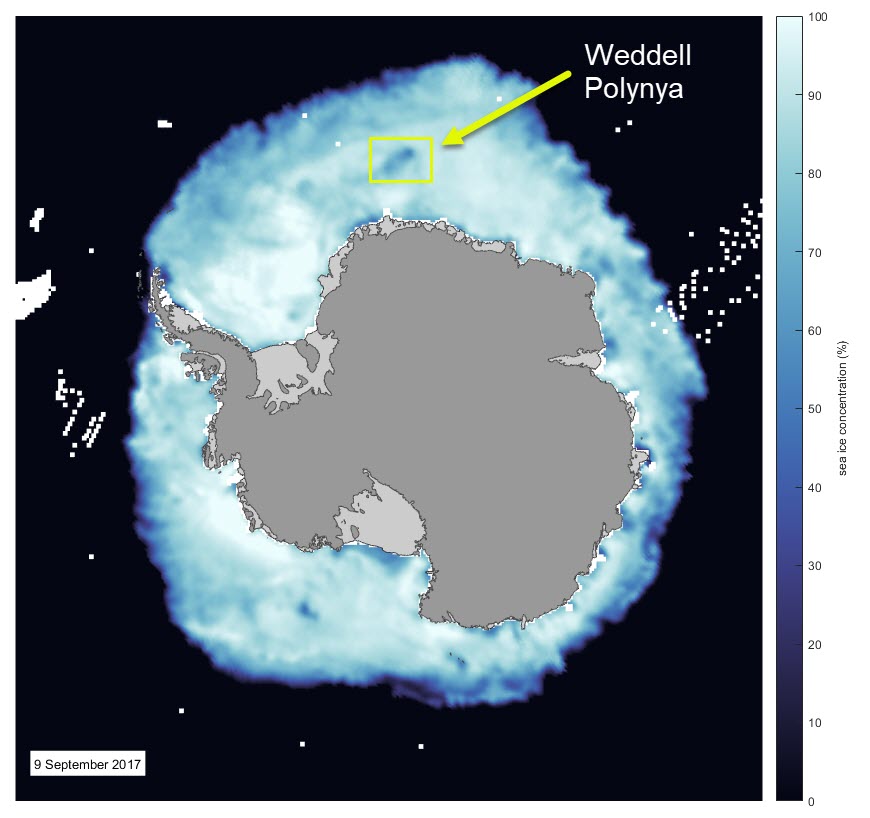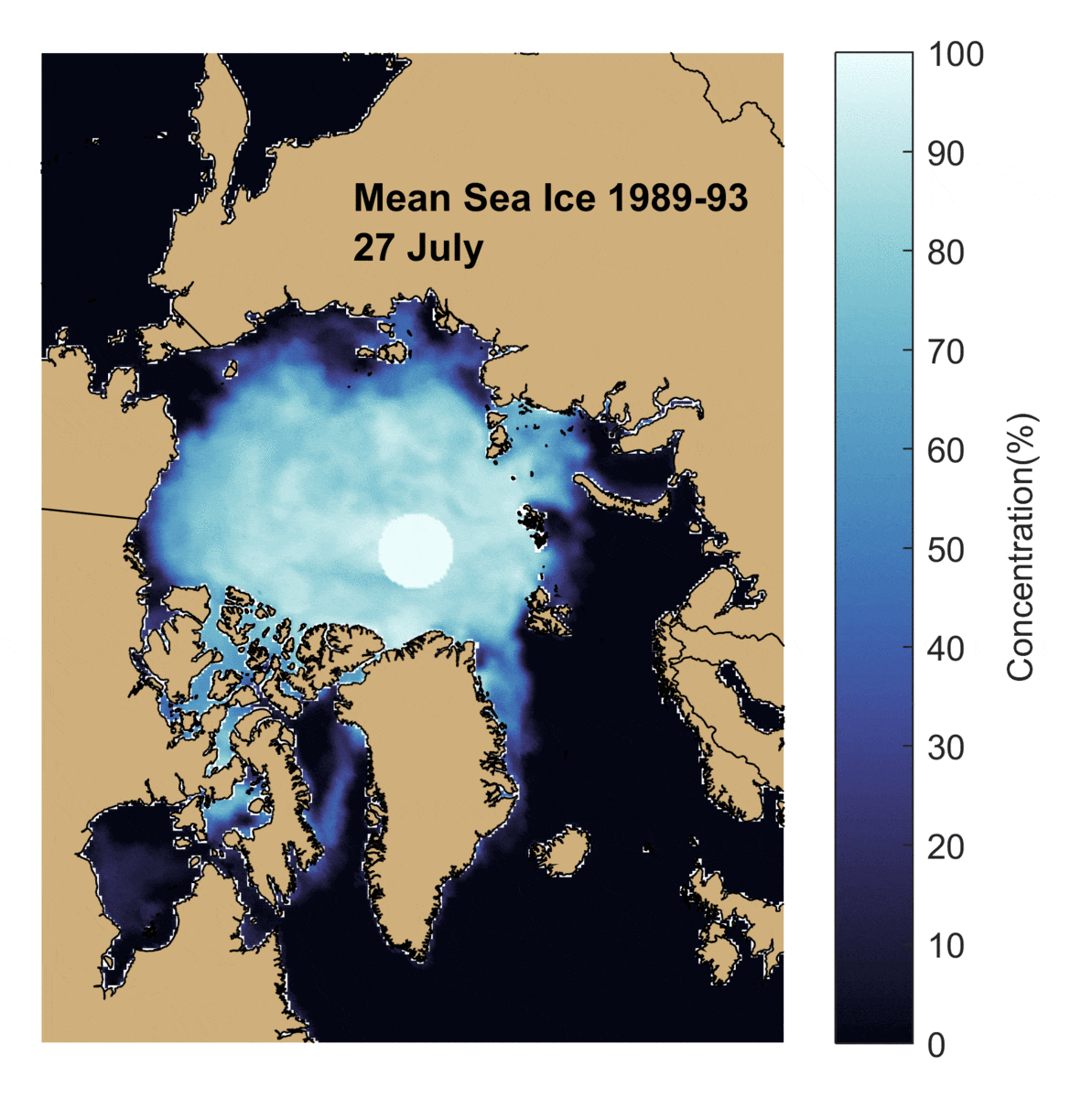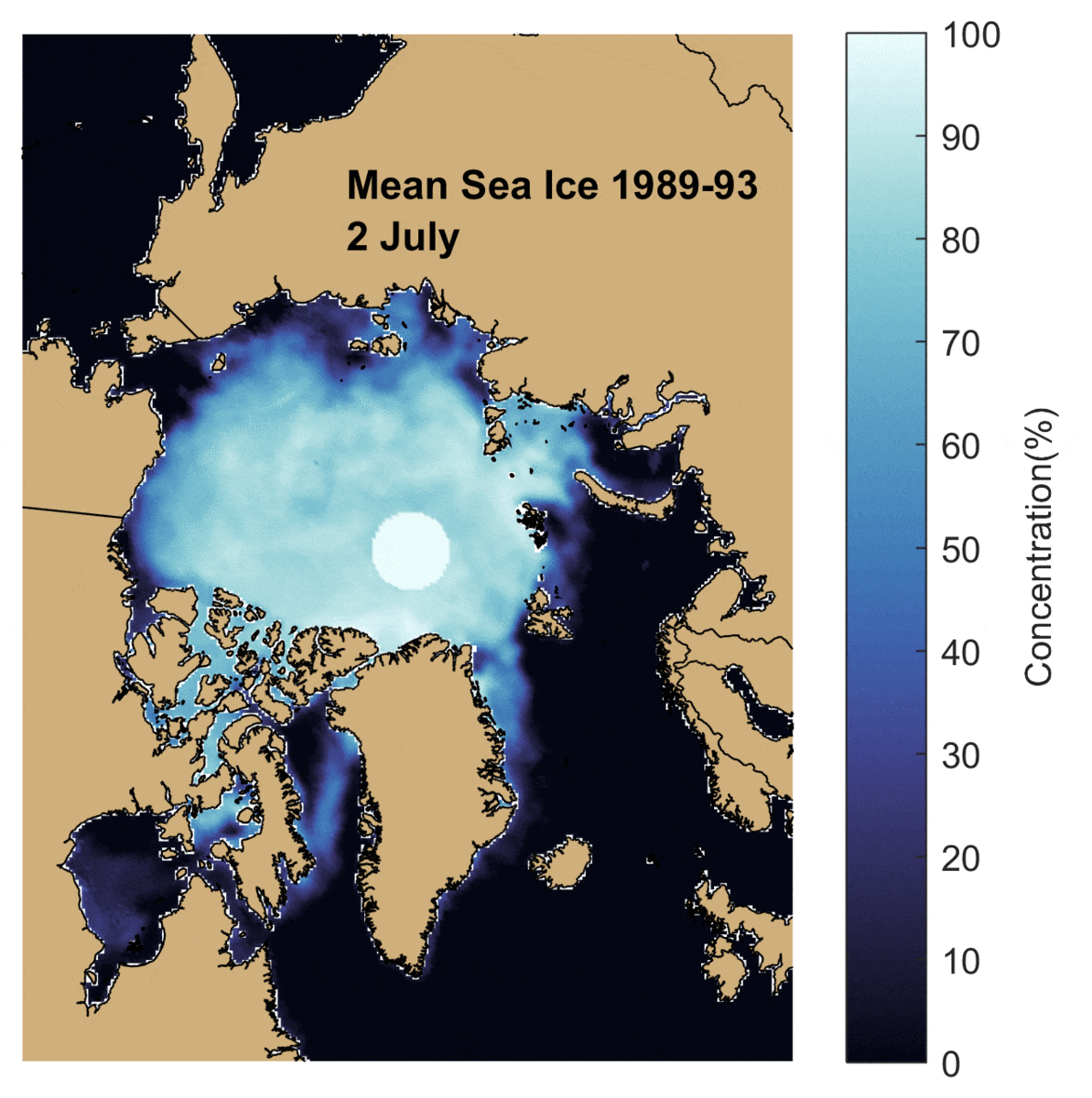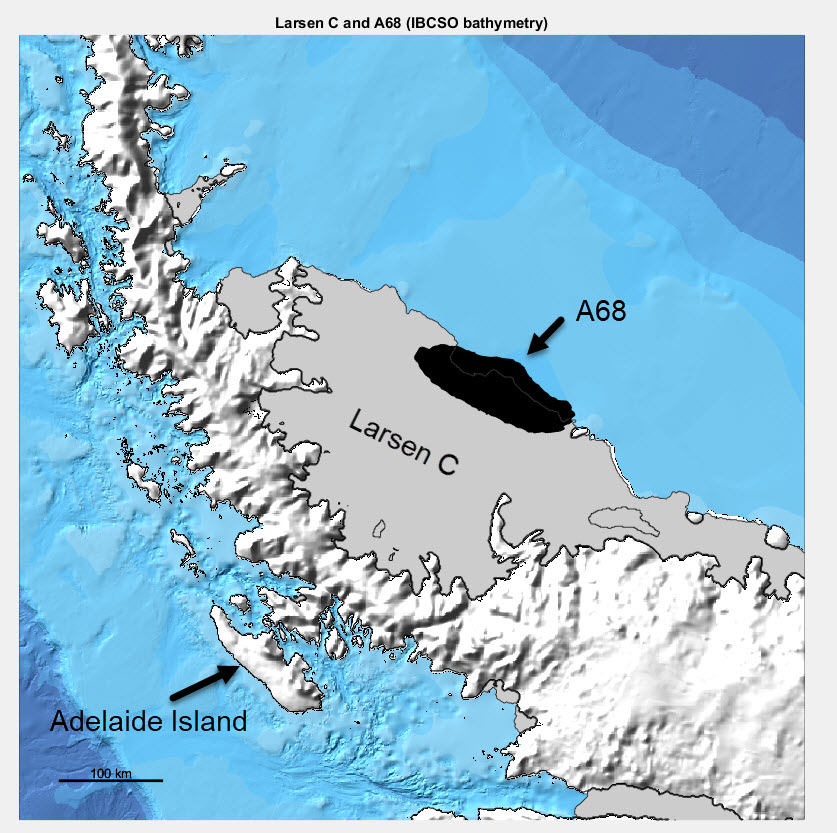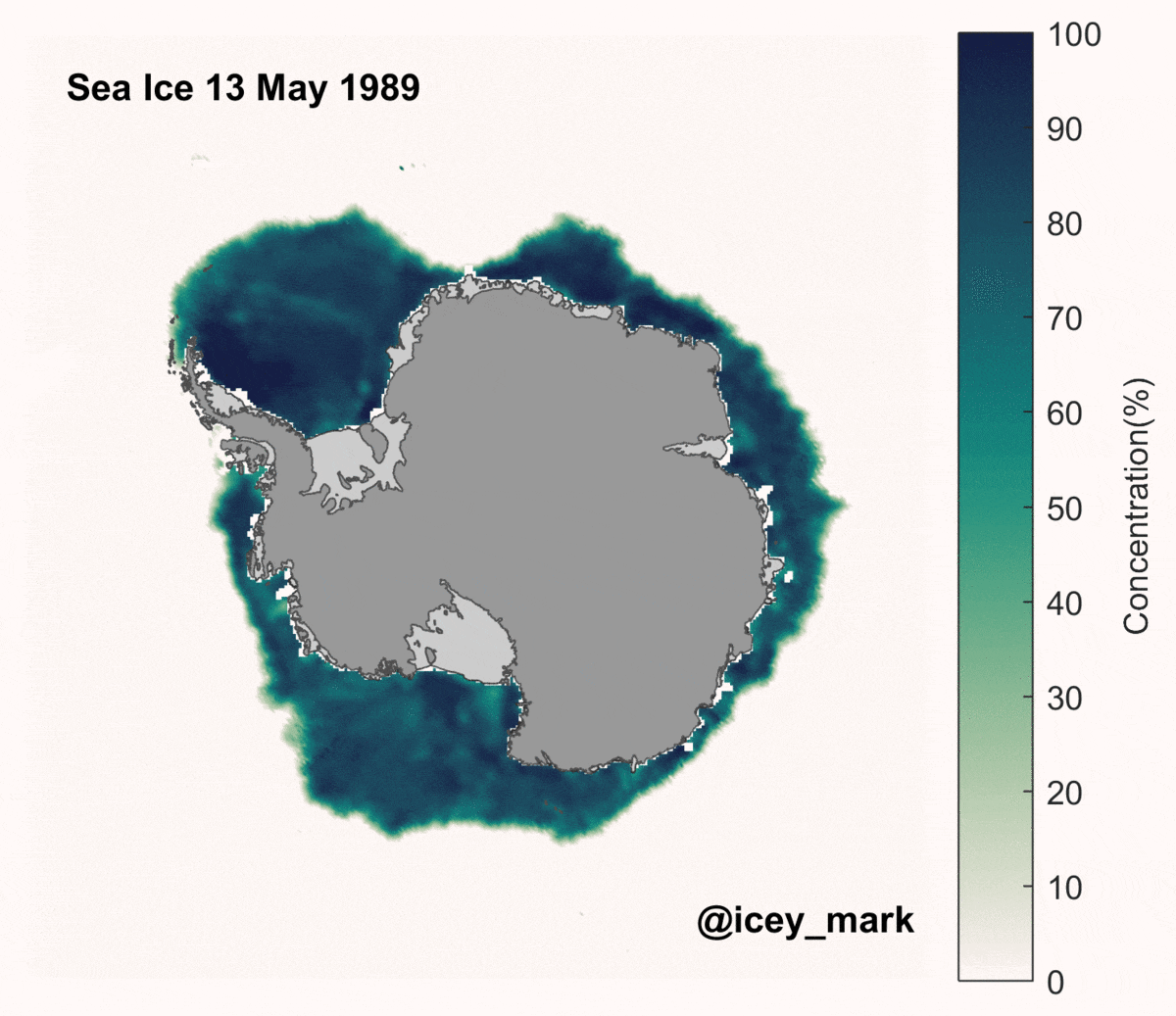With three of my Open University colleagues: Dr Phil Sexton, Dr Pallavi Anand, and Dr Mandy Dyson, I have been working in the background on a new landmark TV series called Blue Planet 2.
This incredible series has been made by the BBC Natural History Unit with the Open University as co-producers. It has seven stunning episodes and will be broadcast in the UK at the end of October 2017.
Yesterday was the World Royal Premiere at the BFI Imax with Sir David Attenborough, Prince William, Radiohead, Hans Zimmer, and a team of BBC program makers that is too long for this post.
The prequel above was released after the premiere.
Episode one one the big Imax screen was stunning, and just after there was a Q&A led by Liz Bonnin with some of the key people:
Sir David Attenborough, James Honeyborne, Orla Doherty, Mark Brownlow and Hans Zimmer.

It's been a brilliant experience to work with so many incredible film makers - many of whom also have PhDs to go with their artistic and technical talent. You often hear about how the media want to tell their own story - but in my experience the NHU just want it to be the best - and, of course, correct.
I'm proud to have been a small cog in the mighty and incredible machine that made this series, and I'm looking forward to seeing how it is received.
It has been an amazing experience to be one of four marine scientists at The Open University to have contributed to the series. As well as helping the production team we've been developing interactive learning materials and a poster for the general public and our students that will also be released at the end of October.
I hope the film makers get the awards I think they deserve for making such a powerful work.




